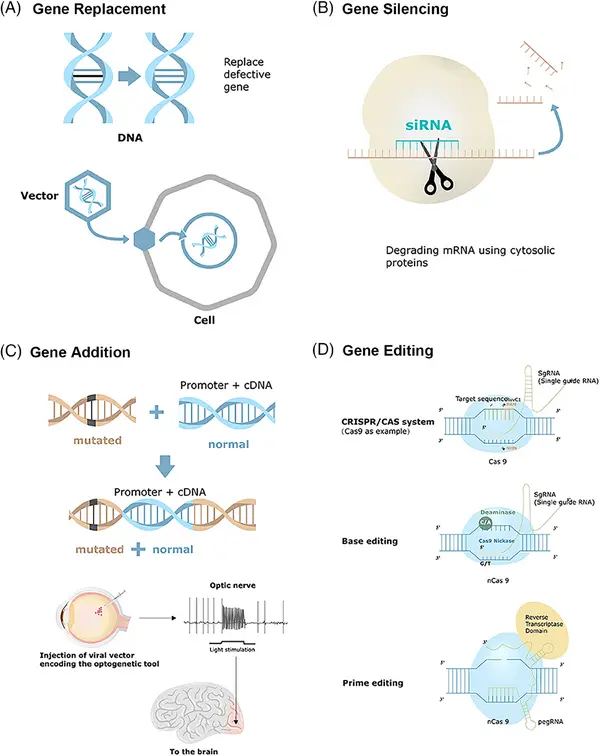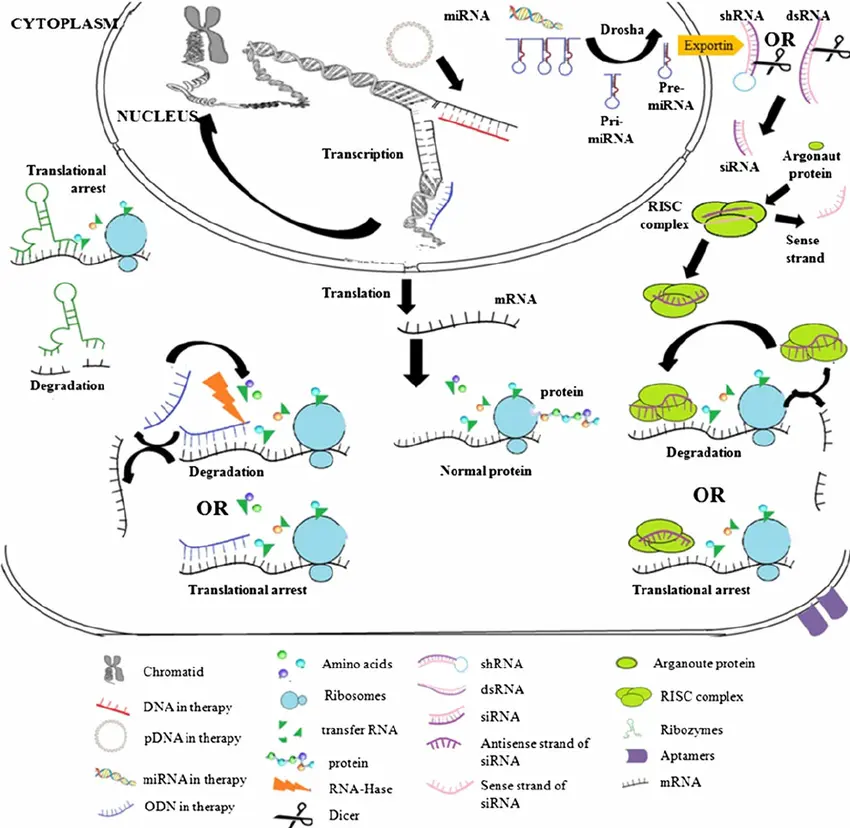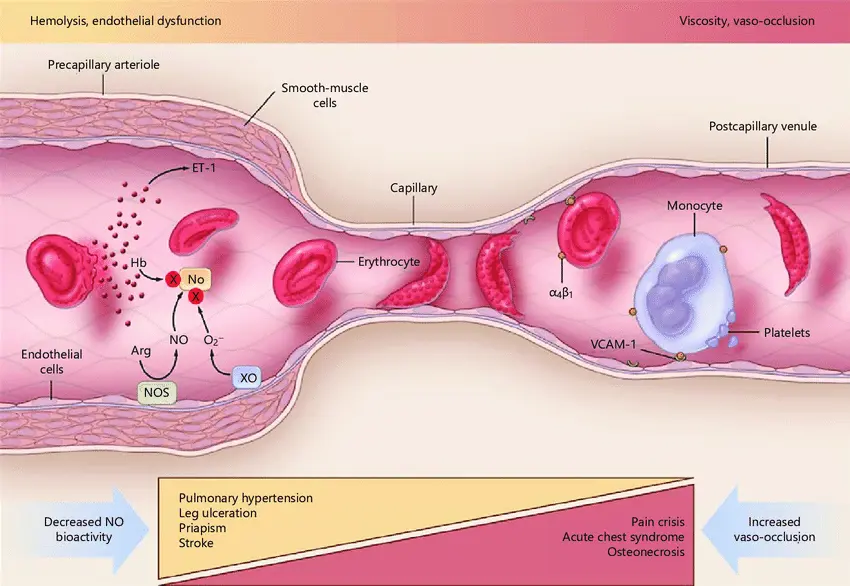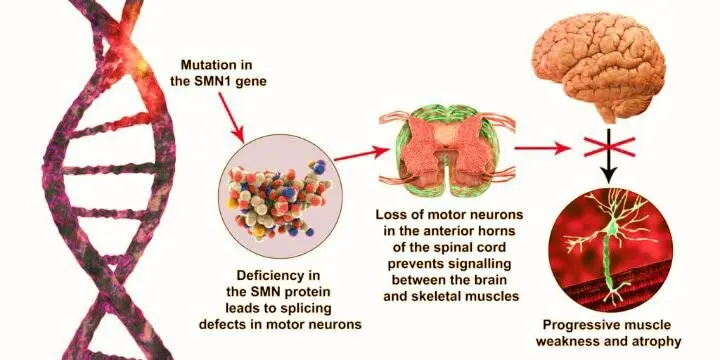What Is Gene Therapy?
Gene therapy is a powerful approach that targets the root cause of genetic disorders: faulty or missing DNA. Instead of only treating symptoms, gene therapy works by correcting or replacing the defective genes that cause disease. It aims to restore normal cellular function by:
- Replacing a faulty gene with a healthy version
- Repairing a gene through precise editing
- Adding new genetic instructions to help the body fight disease
This approach opens up the possibility of long-term, and in some cases permanent, solutions for conditions that were once thought untreatable.
How Gene Therapy Works
Gene therapy typically follows one of four strategies:
1. Gene Replacement
When a gene is missing or nonfunctional, a working version is delivered to the cells. This allows the body to produce the correct proteins and regain proper function.
- Used in spinal muscular atrophy (SMA), where a healthy SMN1 gene is delivered to restore motor neuron function.
2. Gene Editing
With tools like CRISPR-Cas9, scientists can precisely cut out faulty DNA and insert corrected sequences. This method addresses the mutation directly at the DNA level.
- Used in sickle cell anemia and beta-thalassemia to repair the gene responsible for producing hemoglobin.
3. Gene Addition
New genes can be inserted to give cells new capabilities—such as enhancing the immune system to fight cancer.
- Used in CAR-T cell therapy, where immune cells are genetically modified to attack cancer cell
5. Gene Silencing
Sometimes, the problem isn’t a missing gene—but one that’s overactive or producing harmful proteins. Gene silencing stops that gene from being “read” by the cell, reducing or blocking its activity.
- In hereditary transthyretin amyloidosis (hATTR), gene silencing therapies like patisiran or inotersen are used to reduce the production of toxic TTR protein in the liver.
- Huntington’s disease research, where silencing mutant huntingtin gene may slow or halt brain damage.
Examples of Gene Therapy in Practice
Inherited Blindness
Therapies like Luxturna restore vision by delivering functional copies of the RPE65 gene into retinal cells.
Sickle Cell Disease
Gene editing rewrites the genetic instructions in blood stem cells, allowing the body to produce healthy red blood cells without the sickle shape.
Spinal Muscular Atrophy (SMA)
A single infusion of Zolgensma introduces the missing gene and dramatically improves motor function and survival in infants.
Cancer Immunotherapy (CAR-T)
T cells are engineered to recognize and destroy cancer cells. This is now approved for several types of blood cancers and continues to expand to solid tumors.
The Future of Gene Therapy
Emerging trends in gene therapy point toward:
- In vivo CRISPR therapies: editing genes directly in the body without extracting cells
- Combination therapies: using gene therapy with immune modulation or stem cells
- Preventive applications: detecting mutations early and intervening before symptoms begin
- Expanded conditions: extending gene therapy to more genetic and even acquired diseases
Gene therapy marks a turning point in modern medicine. For the first time, it's possible to target the genetic instructions that underlie disease not just manage the effects, but correct the cause. This revolution in treatment is already changing lives and holds the potential to cure hundreds of currently untreatable conditions.
With continued progress, gene therapy is becoming a cornerstone of personalized, precision medicine tailored to each individual’s genetic code, reshaping the future of healthcare.
For further information
Here you can find a current, comprehensive article on this topic:
Gene Therapy for Infectious Diseases



